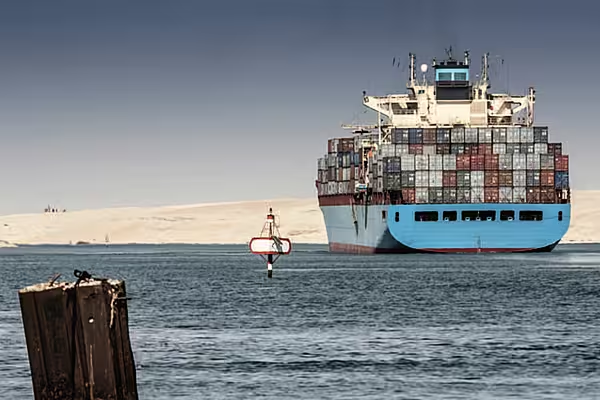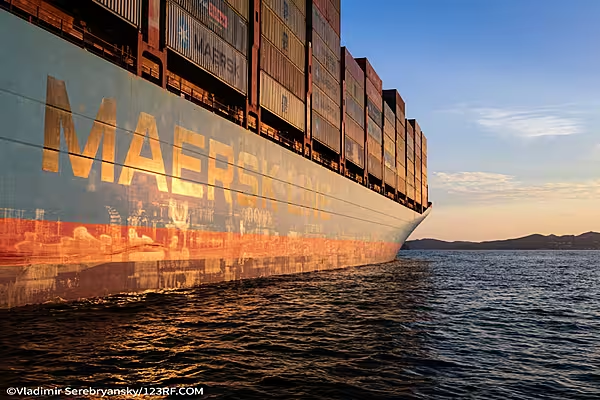Several countries have adopted a revised greenhouse gas (GHG) strategy for shipping that sets a net zero emissions target 'by or around 2050', which was viewed by environmental groups as falling short of what was needed.
After days of discussion in London at UN shipping agency the International Maritime Organisation’s (IMO) headquarters, member countries agreed to reach net zero 'by or around, i.e., close to 2050, taking into account different national circumstances'.
Countries also agreed to 'indicative checkpoints' to reduce the total annual GHG emissions from international shipping by at least 20%, striving for 30% by 2030, compared with 2008, and to reduce the total annual GHG emissions by at least 70%, striving for 80% by 2040, compared with 2008.
"The level of ambition agreed is far short of what is needed to be sure of keeping global heating below 1.5C," said John Maggs, president with the environmental Clean Shipping Coalition.
Accelerate Decarbonisation
Countries agreed in Paris in 2015 to try to keep long-term average temperature rises within 1.5 degrees Celsius, which also requires shipping to accelerate decarbonisation.
Shipping, which transports around 90% of world trade and accounts for nearly 3% of the world's carbon dioxide emissions, has faced calls from environmentalists and investors to deliver more concrete action, including a carbon levy.
In January of this year, a leading industry official said shipping companies are still waiting for 'real green' fuel solutions as part of decarbonisation efforts to clean up the industry.
The industry has been testing a number of cleaner fuel options including ammonia and methanol as well as trialling wind sails in an effort to look for new solutions away from dirtier bunker fuel.











